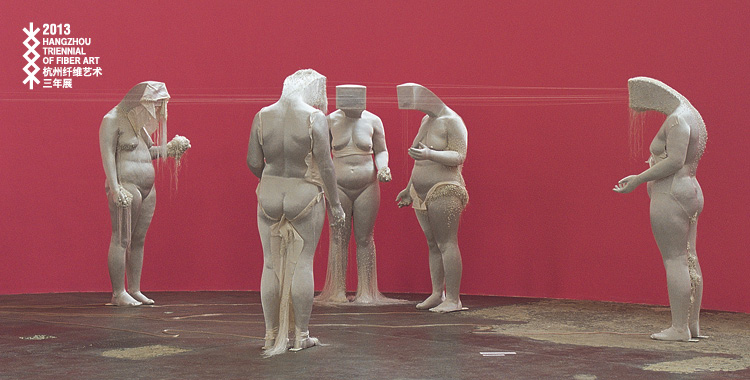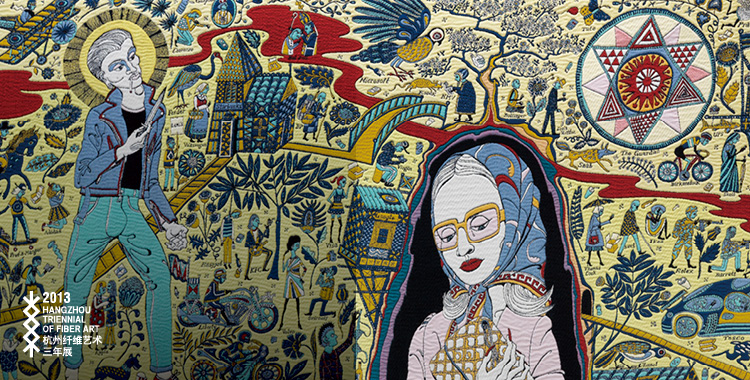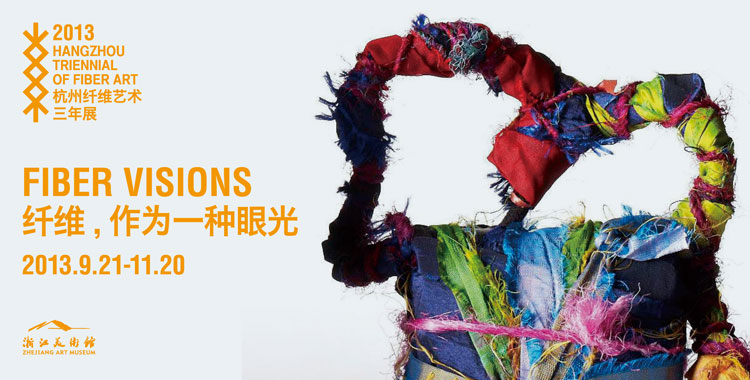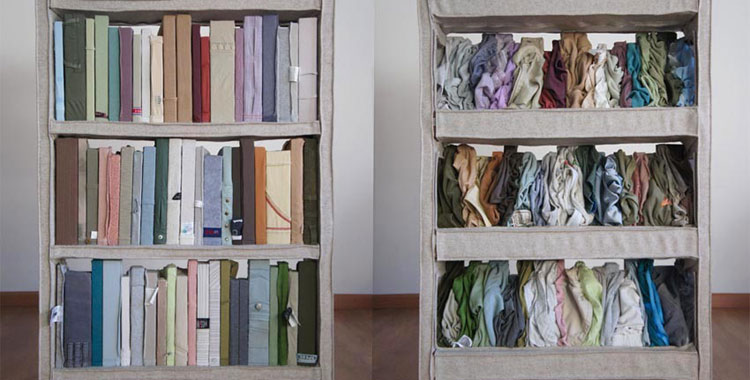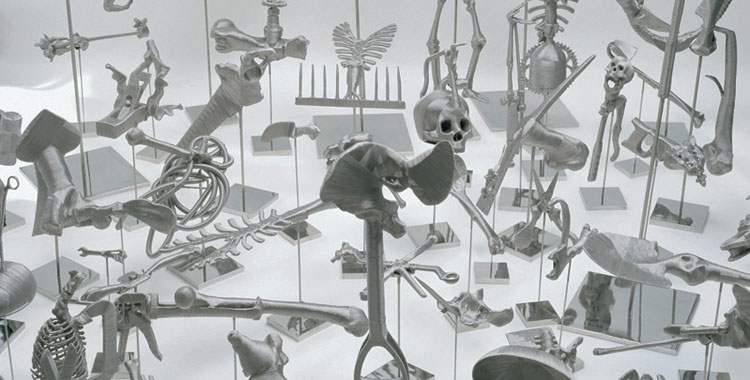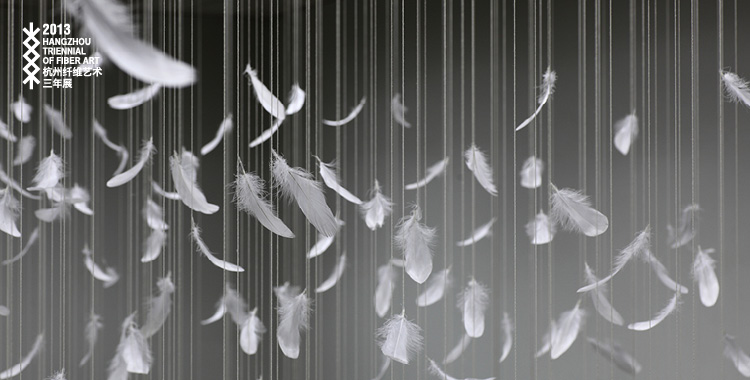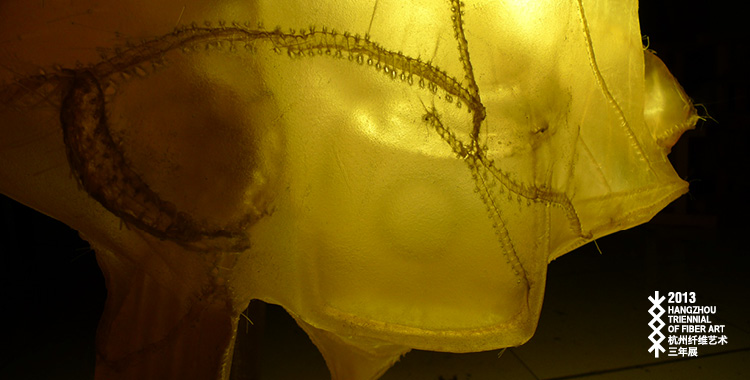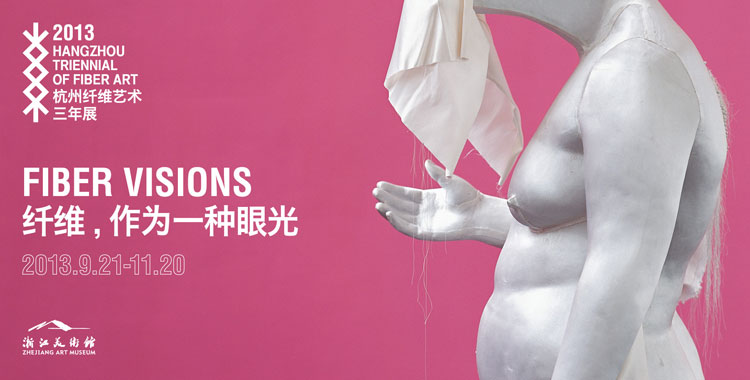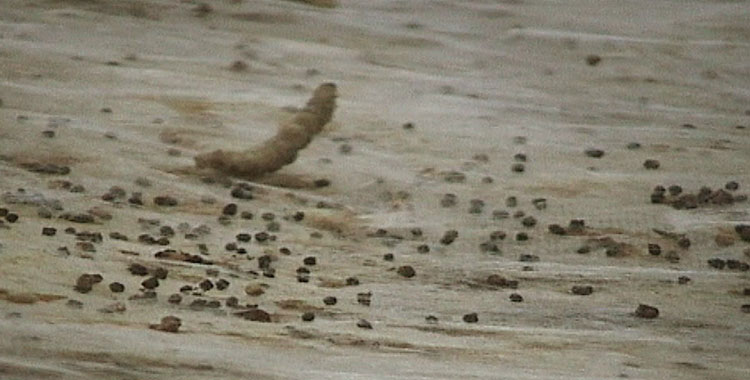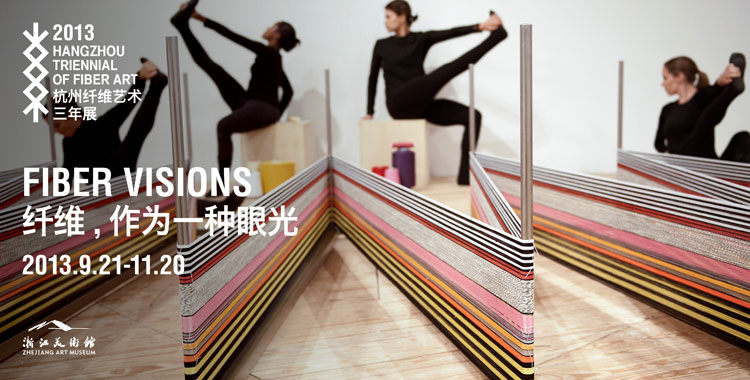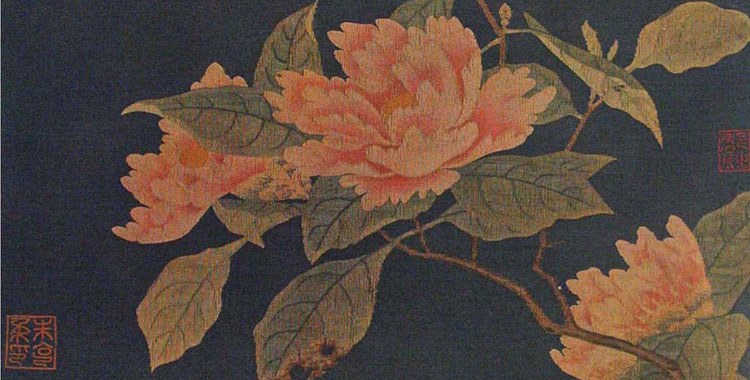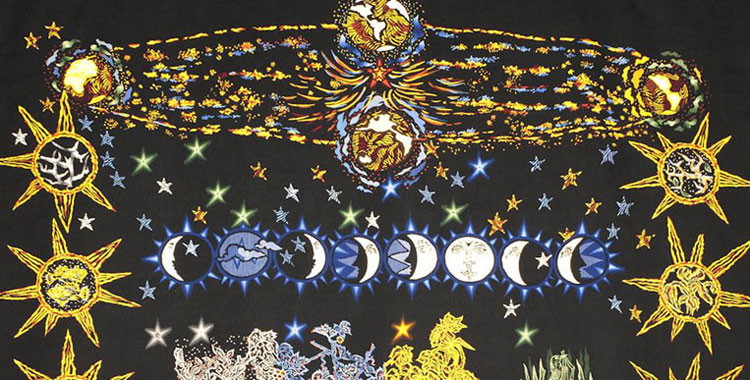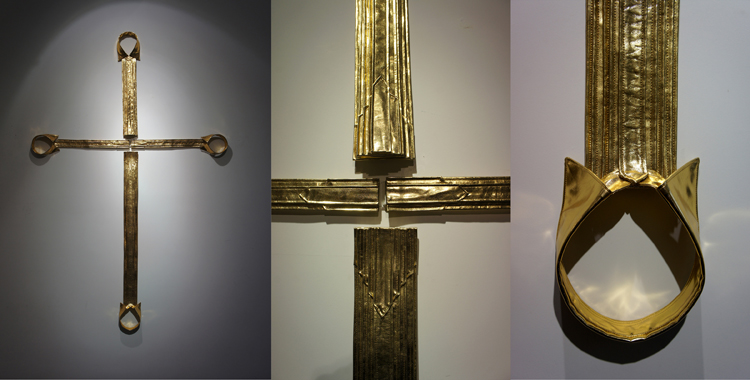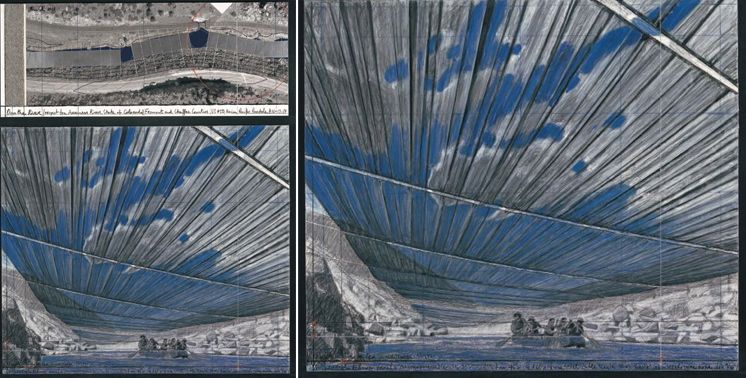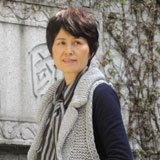Shi Hui
Shi Hui is currently Chair of the Fiber Art and Space Studio,as well as Director of the Varbanov Tapestry Research Center,and doctoral thesis advisor at the China Academy of Art,Hangzhou. For more than 20 years,Shi Hui has been an important figure and active leader in Chinese contemporary art,exhibiting,publishing,curating,and organizing in the art community.
Born in 1955 in Shanghai,in 1982,she graduated from the Zhejiang Academy of Art (now China Academy of Art),with a bachelor’s degree in Dying and Weaving. While researching and training at the Varbanov Tapestry Research Center from 1986 to 1989,she became known as one of the pioneering Chinese contemporary fiber artists of the 1980s. “Longevity,” (1987),a collaborative work exhibited at the 13th International Lausanne Biennial of Contemporary Tapestry,is recognized as a breakthrough for contemporary Chinese tapestry art on the world scene.
Since then,Shi Hui has continued to push fiber art in new directions. Her works have been represented in many prestigious exhibitions,museums,and biennials,examples and have attracted wide attention from the public.
Shi Hui’s art represents a revolution in visual language that has taken place in Chinese art since the 1990s. While not always traditional in form,her early works were realized through more traditional processes such as flat and three-dimensional weaving. Then,in the 1990s,she began to explore more web-like structures that released the form from its insularity,and activated open space. This embodies for her a linguistic change,which emphasizes both “anti-form” and “restructured form.”
Consistently exhibiting deep respect for the intrinsic value and organic quality of fibers,their relationship to the body,and also society and everyday life,Shi Hui's work is labor intensive and process oriented. The act of weaving is an experiential procedure,which for Shi Hui develops as a kind of post-modern animism,with the artist acting as the mediator between the material and spiritual. Inspired by natural forms,a new morphology emerges from her early “Knot” and “Pillars” series,and after 2000,in works such as “Old Wall” and “Compendium of Materia Medica.”
Using traditional Chinese materials such as cotton,canvas,rice paper,and paper pulp in a non-traditional manner consistently exemplifies the characteristics of fiber,but also instills the Eastern spirit in contemporary practice. It reflects an interest in the relationship between Chinese traditional culture and the contemporary environment. Shi Hui continues to work with her favorite materials,Chinese paper and paper pulp,eliciting the tacit bond between traditional media and her spiritual self,and also mirroring her conviction of the importance of Chinese traditional materials in a present-day context.
In her own words:
“Fibrous materials not only store the unique features of natural plant life,they also embody the ideal of synergy between nature and human life. The flexibility of bamboo strips,the pure whiteness of paper pulp,the elasticity of cotton thread,they all represent this spark of vitality,which provokes a strong sense of familiarity. The way I create is characterized by a firm degree of randomness. With randomness,I mean that there is a pure and simple,unconstrained relationship between my physical labor and creativity. Although I always have a vague expectation about the final outcome,from beginning to end,layer upon layer,the white fiber materials,which are shaping my work,are in a constant state of growth. The individual fibers are continuously expanding. Gradually,they result in a general form,resembling a nest,a cocoon,a structure with holes inside. Possibly these materials secretly refer to the womb from which all life emerges. Yet,the moment my formations are integrated into the larger environmental context,when they blend with the earth,the meadow,the trees,the sunlight, I always get this strong emotional feeling of being overwhelmed by the poetry of life in nature.”


